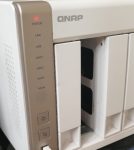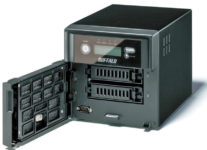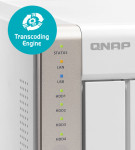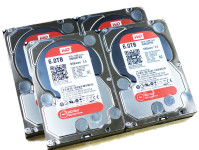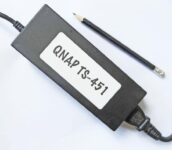Synology Nursery Slopes: the DS119j Pt 2
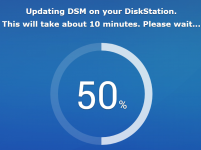
In the first part of this review, we covered the DS119j hardware, how to install the operating system and some of the niceties of its power consumption. But at this point, you probably want to know what you can actually do with the thing. The short answer is: quite a lot. But—and this is crucial— not all at once. DSM? MY EXPERIMENTS WITH THE DS119j raised some doubt about what the three letters of the… Now read on…




